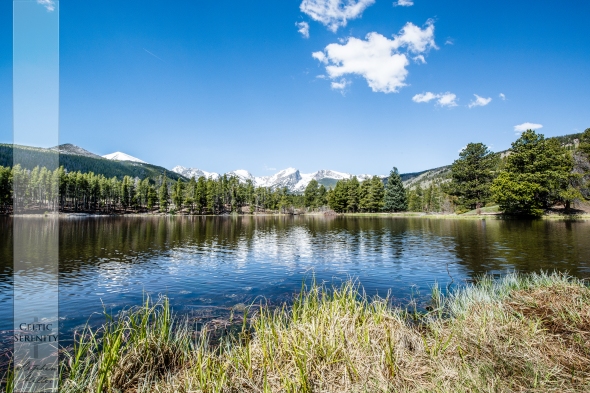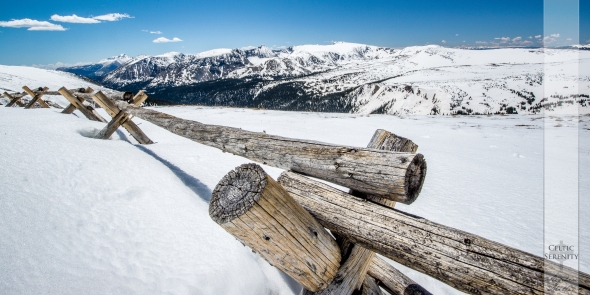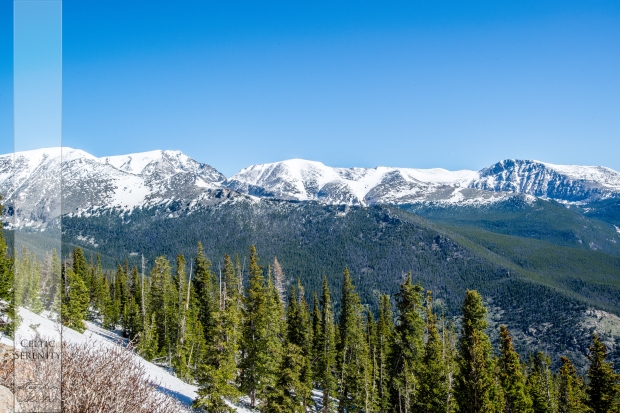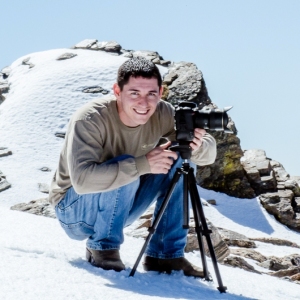|
Nikon 16-35mm: Landscape Photography in the Rocky Mountains
Stephen Miller of Celtic Serenity Photography takes you through his experience of photographing the beautiful Rocky Mountain National Park with the tried and true 16-35mm lens.
I recently ventured on a photographic journey into Colorados Rocky Mountain National Park. I was in need of a lens that would provide me with top quality images and ultimate functionality in the field. Rocky Mountain National Park is no playground. The staggering mountains tower up to their highest point at 12,182 feet. I needed a serious lens. Carrying two camera bodies (a Nikon D610 for my main workhorse and a Nikon D5100 as backup), and the Nikon 70 - 200 2.8 VR II joined with a 2x teleconverter for wildlife proved hefty within itself. Additionally, to cover a wider angle range for landscapes and still obtain superior quality, I turned to the Nikon 16-35mm F4 VR. I heard this lens recommended before by some renowned landscape photographers. Needless to say, I was in shock and awe at the ultra-snappy focus and extreme tack sharpness, especially in combination with my D610 body. Why I was ever skeptical of this lens is beyond me! I have yet to capture a single frame that is out of focus or makes me doubt a lack of quality in this exceptional piece of equipment. For an added touch of beauty to the photographs, I also added a 77mm B+W Circular Polarizing Filter. Keep in mind when using a polarizing filter you are adding another layer of glass which will stop down some light, so adjust your settings accordingly. The following image was shot with my D610, the Nikon 16-35 F4 and the 77mm B+W Circular Polarizing filter. My camera was set to an ISO of 200, shutter speed of 1/60 of a second, aperture at F/22 for maximum depth of field, and lens at 16mm to obtain the full 107 degree field of view. 
Another positive aspect to this lens was the width of the angle that I could see. I shot my photos in Estes Park, Colorado and on Trail Ridge Road. The Rocky Mountains stretch from Northern Canada well into New Mexico, over 3000 Miles long. It’s absolutely necessary to have a wide angle lens in a location such as this. In each shot that I set up and composed, I easily fit every mountain’s peak and several others into the frame. Oftentimes I found myself even having to zoom in to avoid unwanted space.  Hidden Valley on Trail Ridge Road, photographed with a Nikon D610 and 16-35mm under the following settings: 1/30 sec - ISO 100 - F/22 - at 16mm on tripod - 77mm polarizing filter  Trail Ridge Road in the Rocky Mountain National Park, photographed with a Nikon D610 and 16-35mm under the following settings: 1/30 sec - ISO 100 - F/22 - at 30mm on tripod - 77mm polarizing filter given the overall image quality, tack sharpness, snappy and prompt focus, (and need I mention the incredible 107 degree field of view?) this lens undoubtedly trumps all other wide angle competitors in my opinion. For any photographer that is in the market and searching for that perfect, all around wide-angle lens, you need search no further! I will definitely be adding the Nikon 16-35mm to my arsenal.  Stephen Miller is a professional photographer based out of Anthem, Arizona. His photography mainly consists of weddings, portraits, and commercial. His annual trips to Colorado are always the highlight of his year, giving him time to enjoy the outdoors, photograph, and fish. Stephen is always looking for new ways to innovate and grow within the industry. He has high expectations for himself in the industry as a career path. A self proclaimed coffee junkie, you can usually find him at the nearest coffee shop. If you're interested in collaborating on locations and shoot ideas with him, or just want to check out more of his work, head to his blog at www.CelticSerenityPhotography.com. |